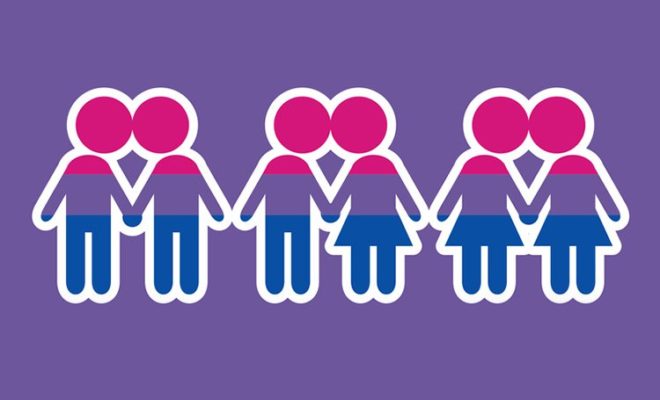
Adult Network
Understand the Difference Between Bisexuality, Pansexuality and Polysexuality
In recent years, the Western world has seen a healthy increase in the acceptance of different sexual orientations. This has also led to more discussions about the nuance of sexuality, with many people self-identifying as something distinct from the usual heterosexual, homosexual or bisexual labels. Here’s a rundown of what pansexuality and polysexuality are, and how they’re different to the more widely understood bisexuality.
While there are many more than the orientations discussed here, this looks at three which are commonly confused between each other.
Bisexuality is Attraction to Both Men and Women, in the “Traditional” Sense of those Words
Bisexuality is a pretty well-known term. It refers to attraction to both men and women, in the classic sense of what those words mean. This distinction is important for many people because it’s more and more common to hear of people describing themselves as something separate to those two genders.
Unfortunately, even bisexuality is often rejected by many people today. Both heterosexual and homosexual people may question whether it’s legitimate to say you’re attracted to both men and women. The fact that even this term is sometimes controversial makes the next two even harder to grasp for many people.
Pansexuality is Sexual Attraction to All Genders
This is where some people start to become confused with the definitions. Pansexuality is an understanding that there are more than two genders, or that a transsexual person who has changed from their birth gender may consider themselves different from someone born a man or woman. For example, a pansexual person will be attracted to transsexuals, whether currently male or female, as well as intersex and third gender people.
Put very simply, intersex is someone who is both male and female at once, while third gender people consider themselves completely separate to the idea of “male” and “female”. There are many other gender labels than those, but the basic idea with pansexuality is that there is an attraction to all of them.
Polysexual People Fall Somewhere Between the Previous Two
Someone who identifies as polysexual is attracted to more than one gender, but not necessarily all of them. For example, they could find someone who identifies as male and transgender female-to-male attractive, while not being attracted to someone who currently portrays themselves as female.
This opens up many different combinations, and so extends the idea that sexuality can be far more complex than many people realize or accept. Interestingly, lots of people may technically fall under the polysexual label without knowing it, or actually wishing to identify as such. In itself, that also raises the question of whether it’s possible to self-identify one’s sexuality at all, or if it should be strictly defined.
The recognition of different sexualities is a fairly recent phenomenon, at least in the mainstream media of today. Some people have technically been bisexual, pansexual and polysexual since the dawn of humans. The actual labeling of these terms is the main issue, and one that continues to be debated. As many homosexuals and bisexuals find themselves unwelcome and even endangered in the places they live, it may take a very long time for these other sexualities to be properly understood by society as a whole.




You must be logged in to post a comment Login